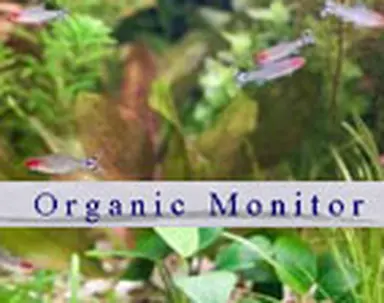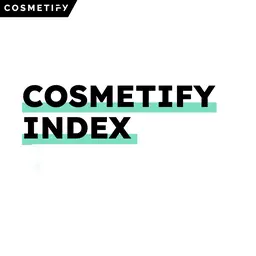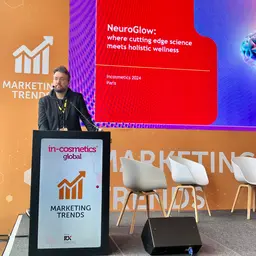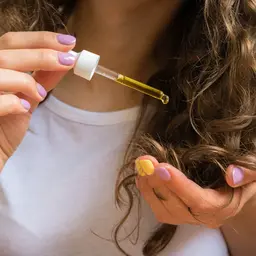
The cosmetics industry is increasingly turning to the sea and oceans in the search for new ingredients. Although many novel raw materials are emerging, the development is raising many questions about sustainability. Can the cosmetics industry learn from the food industry and prevent damage to marine ecosystems when sourcing? The question is raised by Organic Monitor, a company that focuses on organic markets.
Cosmetic and ingredient firms are developing new materials from coastal plants, seaweeds, algae, and sea minerals. These materials are especially favoured by natural cosmetic companies seeking new sources of innovation.
The Greek company Apivita is using sea fennel in sun care products, whilst Italy-based Lacote has a comprehensive range of anti-cellulite skin care products formulated with Guam seaweed. Sea algae, rich in vitamins and minerals, are becoming a common source of anti-ageing actives. Other brands are using sea minerals in their formulations, looking to emulate the success of Dead Sea mineral-based products.
High demand for marine ingredients is leading to a number of new raw material suppliers specialising in such products. The Norwegian firm Aqua Bio Technology has developed a novel range of ingredients derived from salmon hatcheries, whilst US-based Heliae is using new strains of algae for cosmetic applications. Other companies like Lipotec and BiotechMarine are using biotechnology to harvest actives from marine sources.
The popularity of marine ingredients is leading to concerns that large-scale sourcing, or non-sustainable production methods, could disrupt marine ecosystems already under strain.
Non-sustainable sourcing of seafood has led to an estimated loss of 90 percent of predatory fish from the world’s oceans. Apart from …













